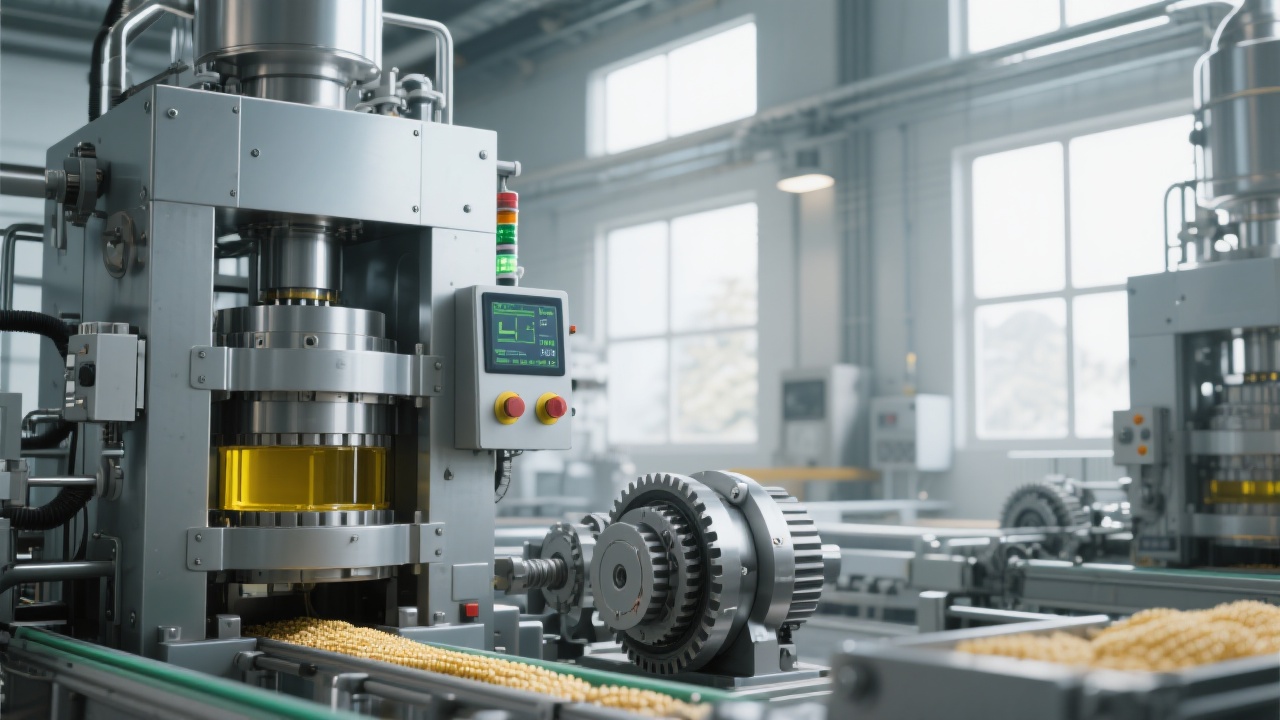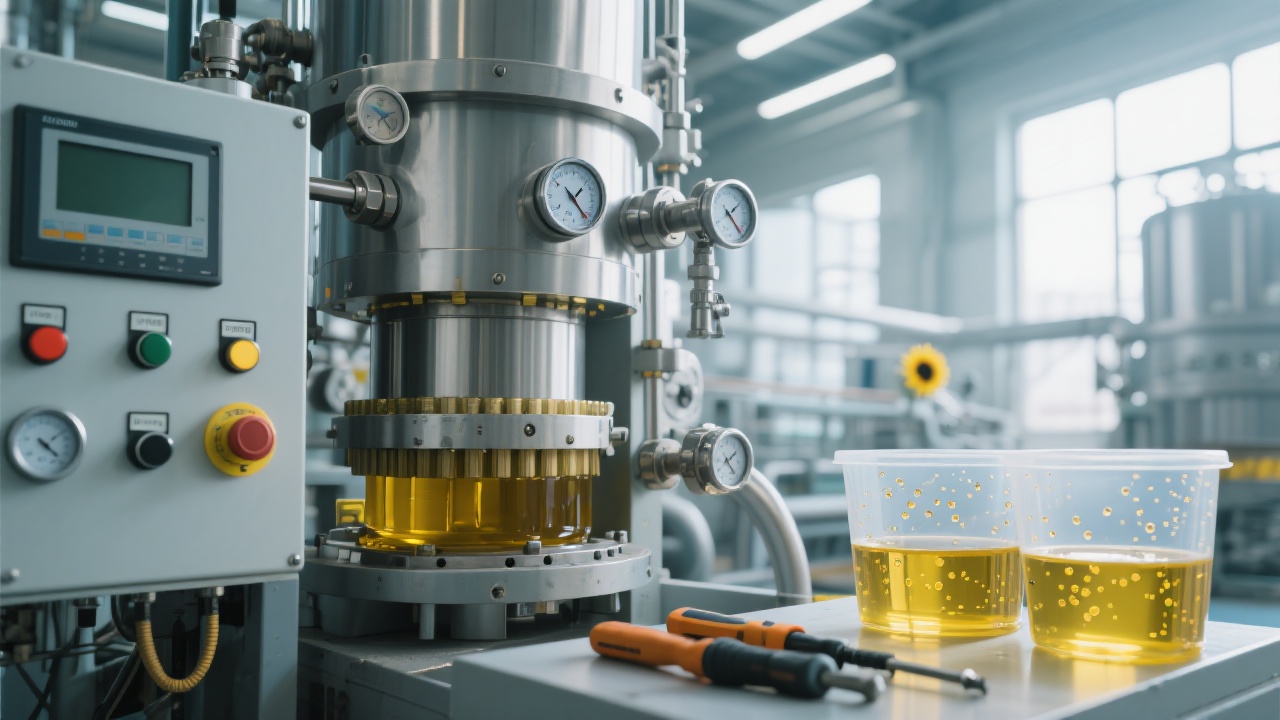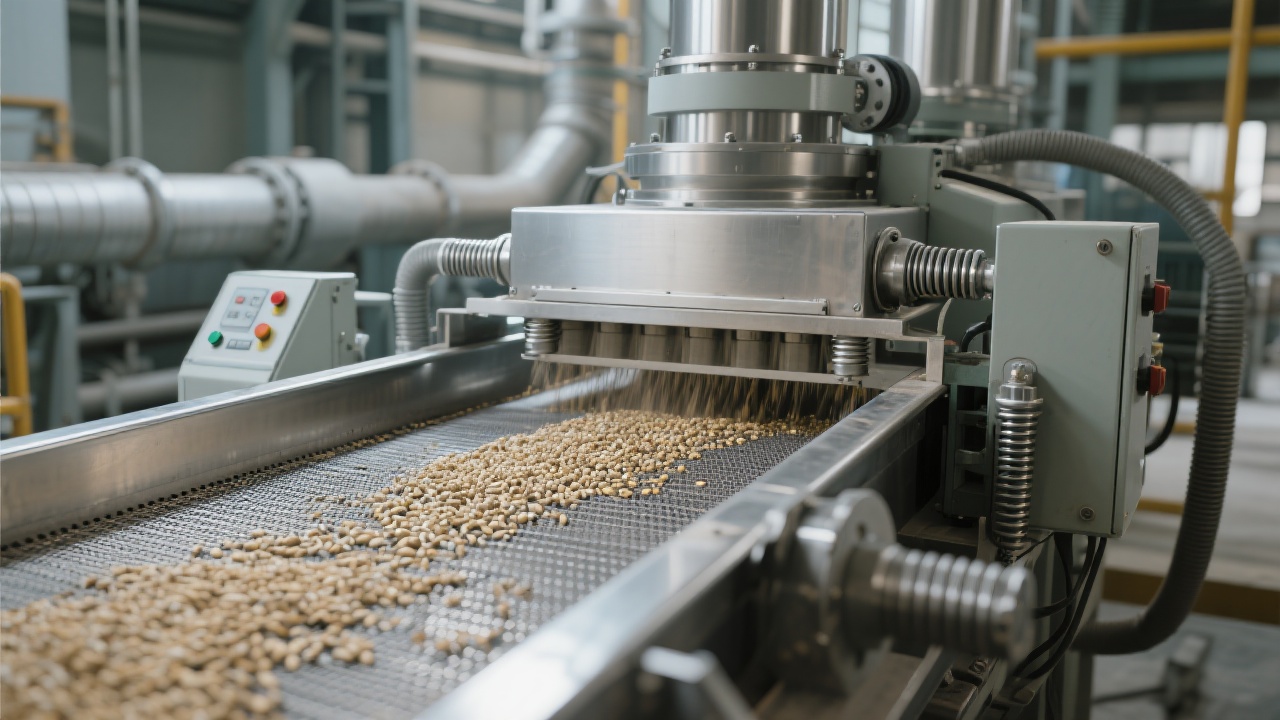
In the sesame oil industry, choosing between a cold press and hot press machine isn’t just about preference—it’s a technical decision that directly affects your product quality, yield, and market positioning. Whether you're running a small artisanal workshop or starting a home-based production line, understanding these differences will help you avoid costly mistakes.
Many new producers assume all sesame oil presses are the same—but they’re not. In fact, studies show that cold-pressed oils retain up to 40% more polyphenols and have a smoother, more aromatic profile compared to heat-treated versions. Meanwhile, hot-pressed systems can boost yield by 15–20%, but at the cost of volatile flavor compounds and some nutrients like vitamin E.

| Feature | Cold Press | Hot Press |
|---|---|---|
| Operating Temp (°C) | ≤ 40°C | 80–120°C |
| Oil Yield (%) | 65–75% | 80–90% |
| Nutrient Retention | High (polyphenols, tocopherols) | Moderate to Low |
| Ideal For | Premium gourmet oils, health-conscious buyers | High-volume commercial use, budget-focused operations |
One client in Thailand reported a 30% increase in customer repeat orders after switching from hot to cold pressing—because their customers could taste the difference in aroma and purity. Another in Spain used our automatic temperature control system to reduce manual errors by over 60%. These aren’t isolated cases—they reflect real-world outcomes when you match equipment to your goals.

A well-designed cold press should include thermal sensors and emergency shut-off mechanisms—especially if you’re operating without constant supervision. For maintenance, clean the screw press every 8 hours of continuous operation to prevent residue buildup, which can degrade both flavor and machine lifespan.
“In my 18 years working with food-grade oil presses, I’ve seen countless failures due to poor cooling design—not lack of power.” — Mark T., Senior Engineer, Global Food Processing Solutions
If you’re still unsure whether cold or hot pressing fits your business model, consider this: Start small, test both methods, and track metrics like customer feedback, yield per batch, and energy consumption.

Ready to make an informed choice? Download our free “Sesame Oil Machine Selection Checklist”—used by over 500+ small producers worldwide—to compare specs, assess your needs, and avoid common pitfalls.

